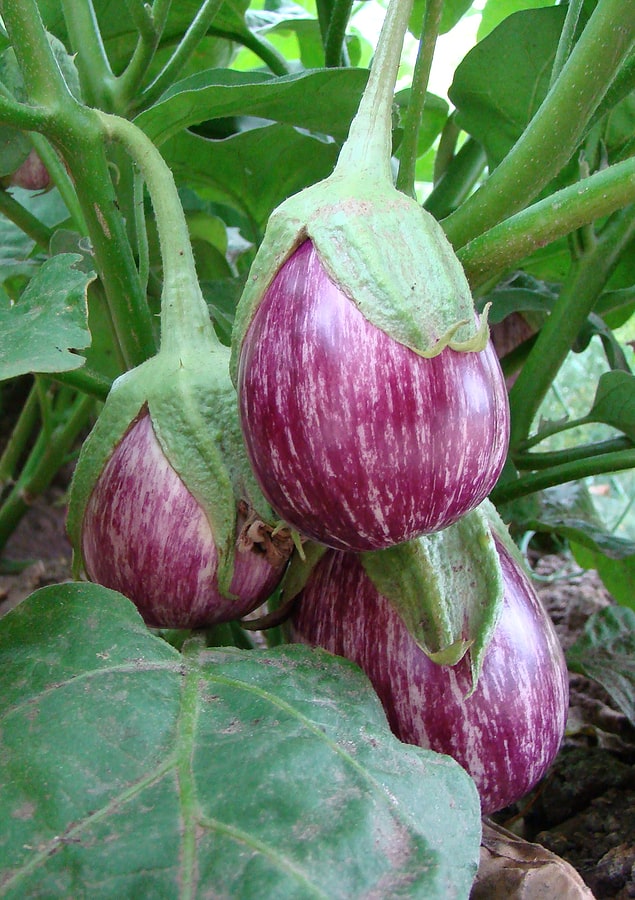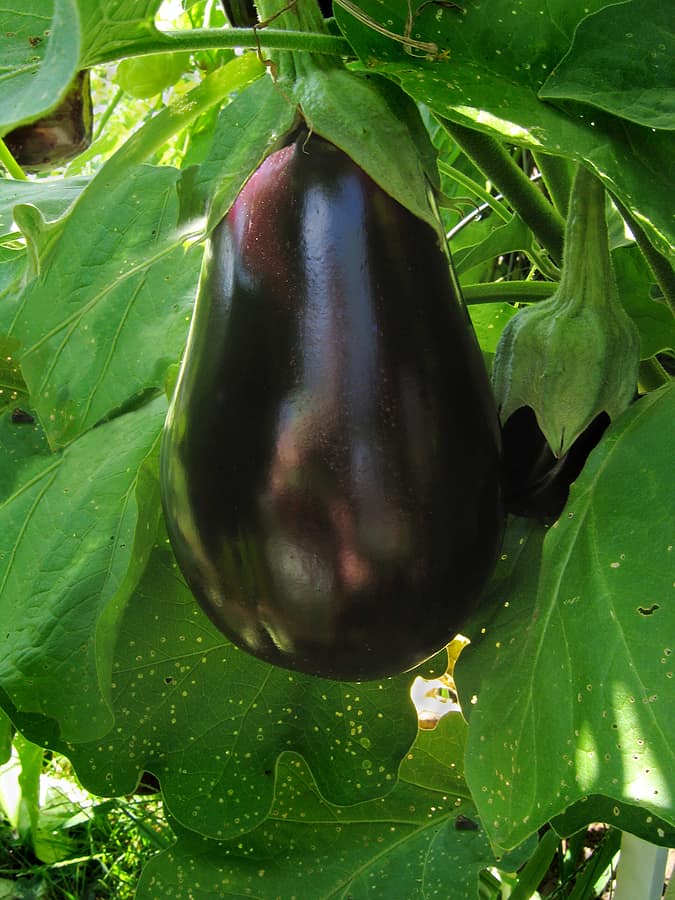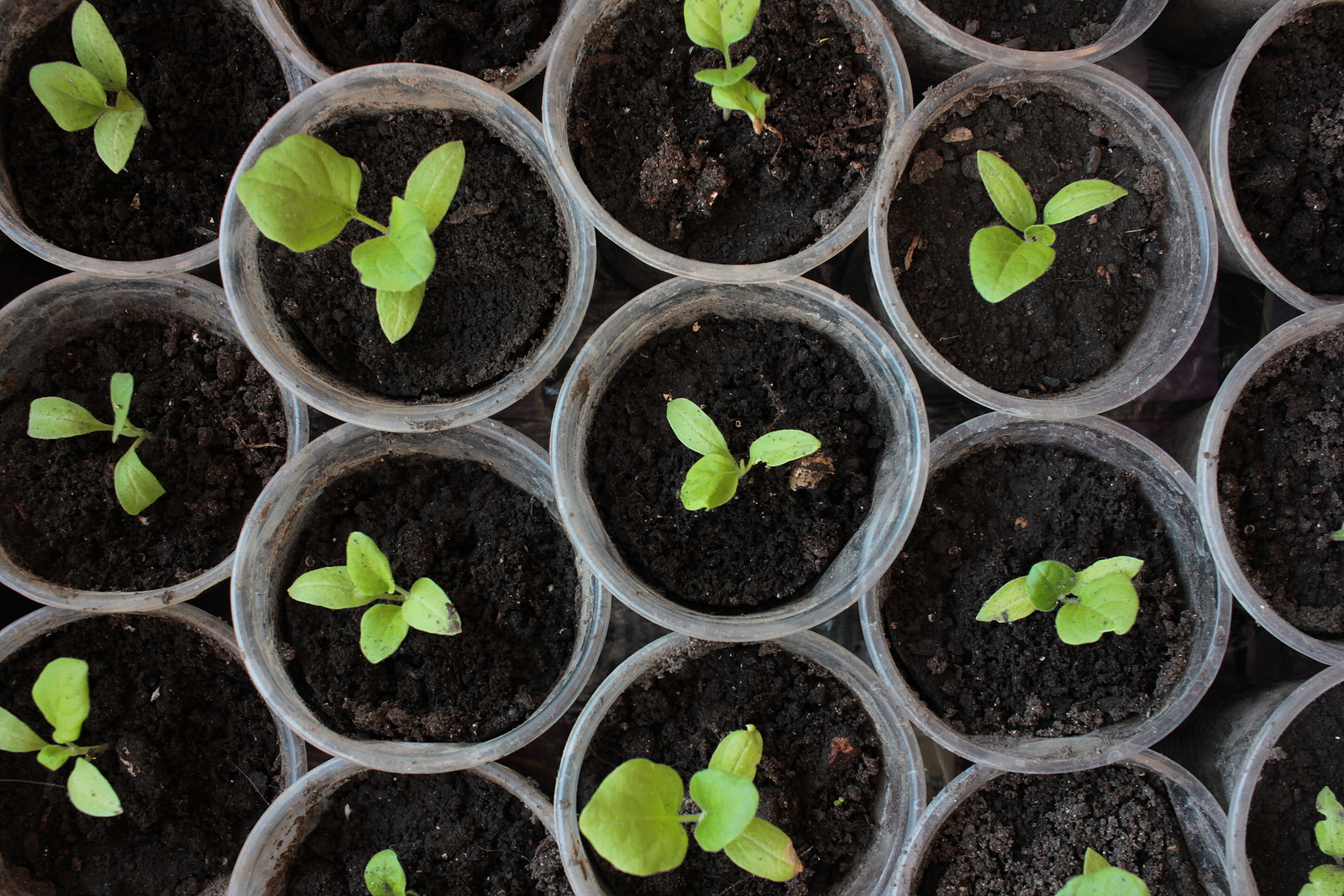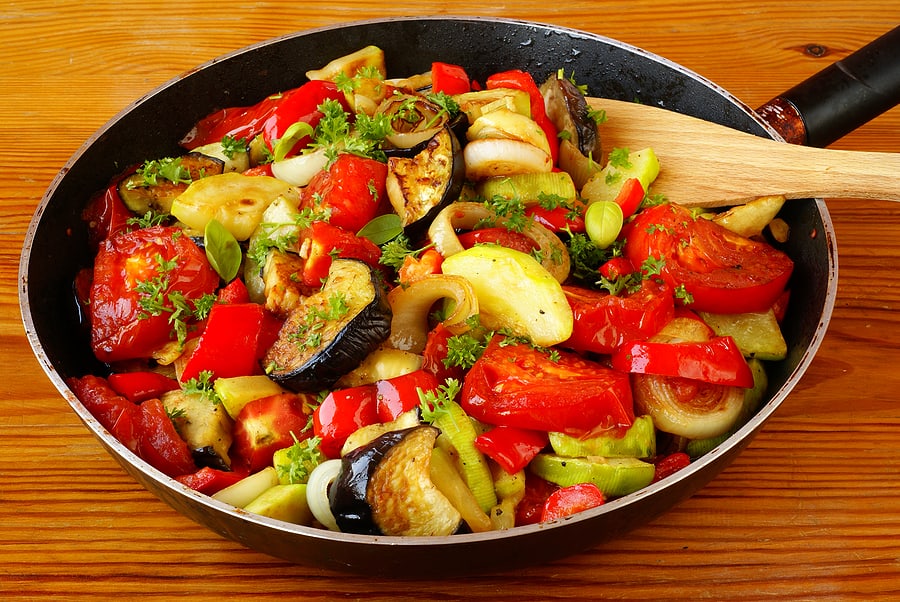Eggplant
Latest stories
More stories
-
Eight Ways to Cook and Serve Eggplant
Eggplant can be broiled, grilled, sautéed, steamed, pan-fried, or stuffed and baked. You can make ratatouille or eggplant parmesan. The mild flavor and light, spongy texture of the eggplant make it a good match for other vegetables, browned and chopped meat, cooked fish, or shellfish. Favorite eggplant recipe Eggplant Ratatouille The subtle flavor and meaty […] More
-
How to Harvest and Store Eggplant
Harvest eggplant young as soon as the skin becomes glossy. The flesh of young eggplant will be more tender and the seeds smaller. The plant will produce more fruit if kept picked. Related articles: When to harvest eggplant It is better to harvest eggplant just before it’s ripe than to wait too long. Kitchen Helpers […] More
-
Eggplant Seed Starting Tips
Eggplants are tropical and semi-tropical plants. Because most summers in temperate regions are not long enough for eggplants to grow from seed to harvest, it’s best to start eggplant from seeds indoors. Sow eggplant seeds indoors about 8 to 10 weeks before setting seedlings in the garden. Transplant eggplant seedlings to the garden 2 to […] More
-
in Gardening Tips, Soil
Epsom Salt, Milk, and Organic Fertilizers for Tomatoes and Peppers
Epsom salt contains magnesium, an essential plant nutrient. Used as a foliar spray or soil additive it will help tomato and pepper plants grow and produce larger, tastier yields. Milk contains calcium, an important plant macronutrient. Milk can feed tomatoes and peppers and double as a fungicide. Compost tea, comfrey tea, and other liquid organic […] More
-
Eggplant: Ratatouille
Eggplant? Did you say ratatouille? All of the key ingredients for ratatouille are available fresh and local in mid summer tomatoes, onions, zucchini, bell peppers and, of course, eggplant. When you think of eggplant, you think first of the oval, black-skinned cultivar known as ‘Black Beauty.’ That is the classic eggplant with its rich, complex […] More







